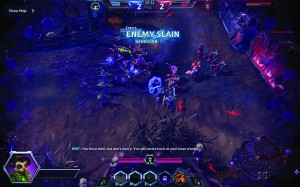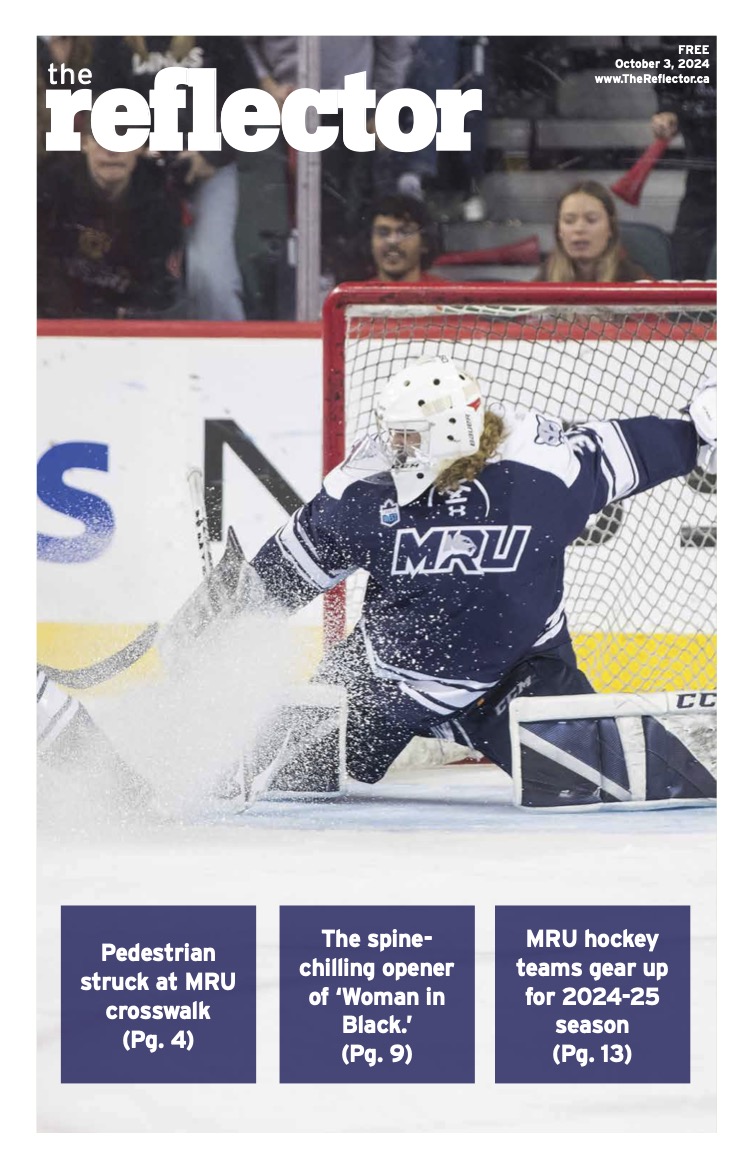Dank meme: The rise of video games as a mainstream spectator sport
As gaming becomes more popular to university students opportunities are created to legitimize eSports as sport
Brett Luft
Web Editor

Does this look like a sport to you? Believe it or not, eSports are gaining traction and there’s a lot of opportunities for students to make money.
Screen capture: Brett Luft
On Aug. 3, 2015, thousands of spectators entered the KeyArena in Seattle to watch 16 teams compete for a grand prize of more than $6 million at The International 2015.
It was almost a typical sports event with ESPN coverage and a total prize pool of $18 million – more than the $10 million on the line at Wimbledon 2015 – except The International 2015 is an eSports tournament revolving around the multiplayer online battle arena (MOBA), Defense of the Ancients (DOTA) 2.
eSports stands for electronic sports and focuses on high-intensity competitive video games like DOTA 2, League of Legends, Counter-Strike and others that have hit mainstream status in the past few years.
While eSports are incredibly popular south of the border and in other areas such as Asia, eSports exists in the underground in Canada, but one area eSports shines in Canada is within collegiate leagues. Adam Elmoughrabi has played Counter-Strike competitively since 2005, and says college is a logical first step for mainstream acceptance of eSports.
“Online gaming has skyrocketed in popularity with the current generation,” Elmoughrabi says. “When colleges and universities start to realize that there is a sport or interest that multiple students can identify with, they find huge success and garner large followings.”
Elmoughrabi says it’s important for students to take ownership to show the interest, and says one way to gain interest is through clubs.
One such club is Super Smash Bros. University, an Alberta group made up of students from Mount Royal, University of Calgary, University of Alberta and elsewhere in the province with the focus to bring students together that have a shared interest in Super Smash Bros.
The Calgary portion of Super Smash Bros. University meets at MacEwan Hall every Thursday, but there’s no need to be a University of Calgary student to join in on the fun. Plus, if Super Smash Bros. or League of Legends aren’t your style of game, don’t worry. Elmoughrabi says it’s easier than ever to get involved in eSports.
“Partaking in eSports as a spectator is so easy now that we have so many different options to watch the best players in their games,” Elmoughrabi says. “Native replay systems in popular video games, live-streaming services, YouTube and live events all serve as a method for us to experience eSports.”
Part of what’s exciting about eSports is being able to find a community in something you’re excited about. A lot of gamers find difficulty in expressing their passion with their friends and family, and eSports communities help bring like-minded fans together.
“When I was younger, I didn’t really identify with one group or fit in completely with one group,” Elmoughrabi says. “I tried moving around to a different group of friends over and over again to get a feel for where I felt the most comfortable, but every single time I found myself coming back to online friends and gamers that I didn’t even know in real life.”
But like all other forms of entertainment, Elmoughrabi has one bit of advice for fans.
“Even though eSports was and continues to be a big part of my life, just remember that it should never take away from your life in the real world,” Elmoughrabi says. “It’s cool to go out there and pursue your dreams as a competitive gamer, but I still think it’s a good idea to have a fallback like school or an alternative job just in case something falls through.”




